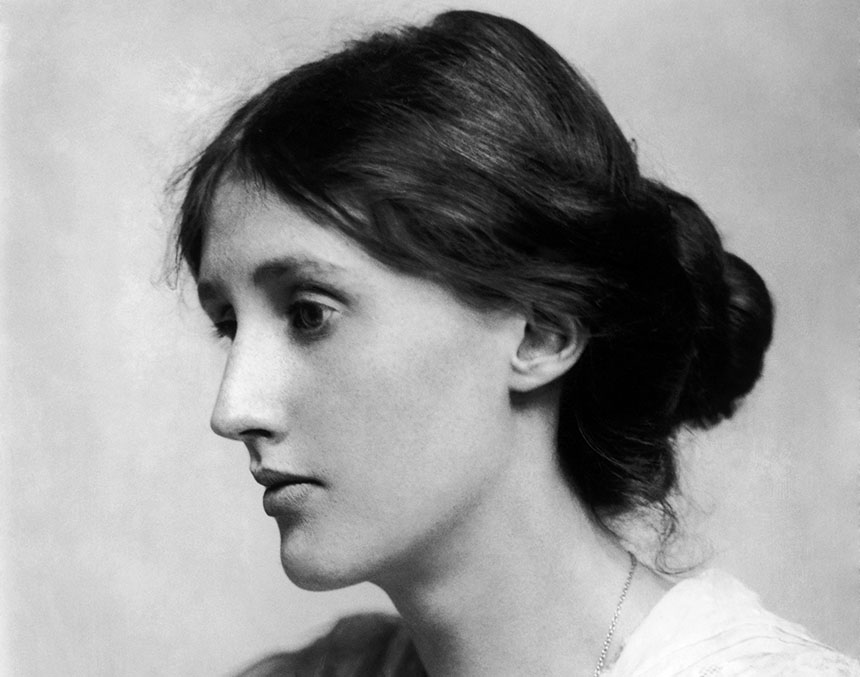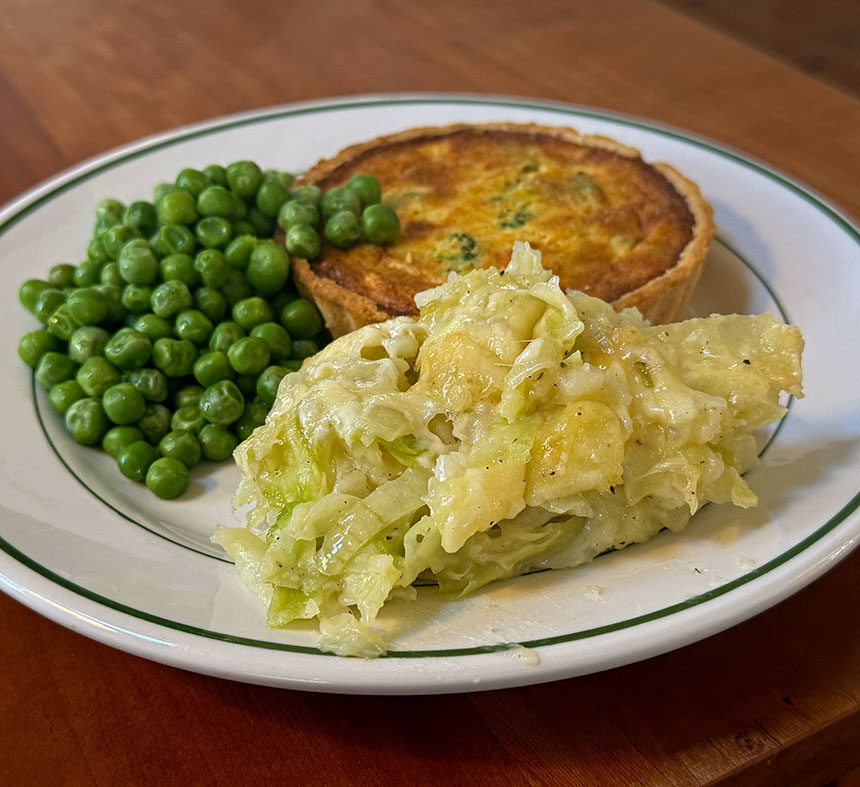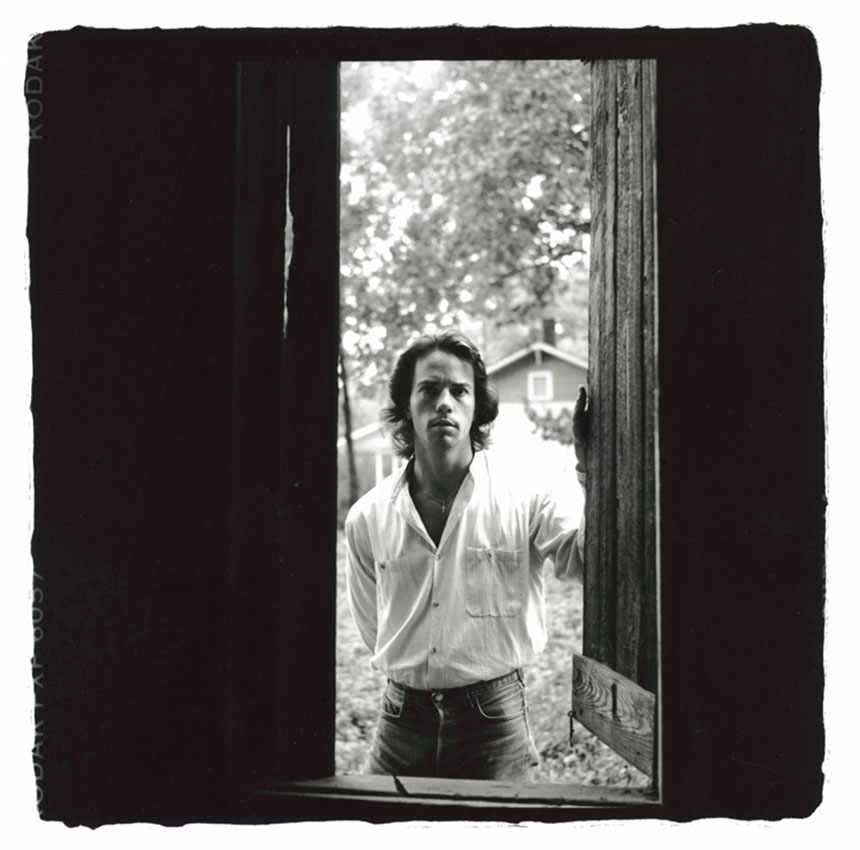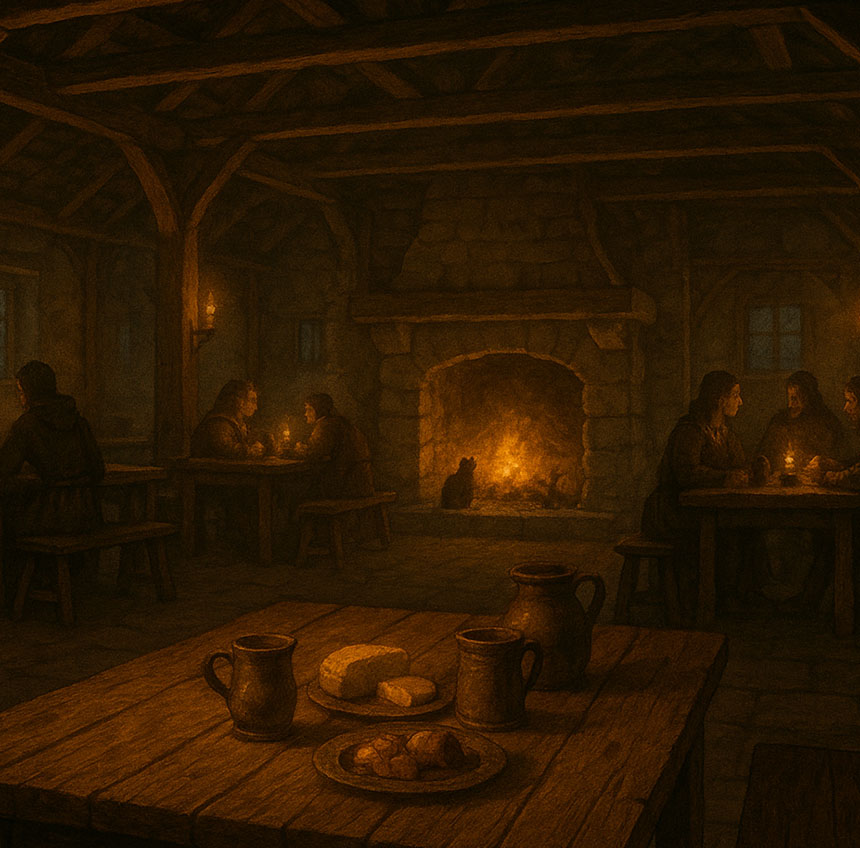
Virginia Woolf. Portrait by George Charles Beresford, 1902. Source: Wikimedia Commons. Click here for high-resolution version.
We live in an era in which privilege and wealth are squandered on obscene levels of consumption and on domination and destruction — of institutions, of norms of justice and fairness, of ecosystems, of all the fragile things that we all hold in common. Things have not always been that way. Once upon a time, privilege could be used to build and sustain a shared culture, not to strip-mine it or to burn it all down, to strengthen institutions rather than to reduce them to instruments of profit and power.
What happened?
Watching the 2022 film “Benediction” left me very curious about the life of English poet Siegfried Sassoon (1886-1967). That curiosity led me to a long biography of Sassoon (526 pages) by Jean Moorcroft Wilson published in 2003. I had expected that this book would become more a reference than something to read cover to cover, because the biography is a who’s who of an important period in English literature.
That’s the period of the Bloomsbury Group — Virginia Woolf, E.M. Forster, John Maynard Keynes. Even more important (to me) than the Bloomsbury Group were the Inklings, of which J.R.R. Tolkien and C.S. Lewis were core members.
I find that I have continued to work my way through this biography of Siegfried Sassoon because so much of what’s intriguing is how these privileged people, who didn’t have to work, used their time. It was very different from how privileged people use their time today. Back then, privilege could be used to buy time, learning, and the freedom to take intellectual and moral risks.
Yes, much of that time was used for a constant, and sometimes exhausting, stream of socializing, some of it superficial. But it also meant that they met a great many people, and sometimes lasting friendships developed — Virginia Woolf and Lytton Strachey, E.M. Forster and Roger Fry, Siegfried Sassoon and Robert Graves, T.S. Eliot and Ezra Pound, Ernest Hemingway and F. Scott Fitzgerald, Gertrude Stein and Alice B. Toklas, William Faulkner and Sherwood Anderson, J.R.R. Tolkien and C.S. Lewis. That kind of time and friendship did not exist in a vacuum. It was protected and made possible by institutions, especially the universities.
Another factor that stands out is how the privileged today and the privileged then used the great universities. Today the privileged use the universities to leverage their privilege to gain more money and more power — finance, law, and tech. Back then, two universities in particular — Oxford and Cambridge — were like engines that converted privilege into culture. Today, degrees in the humanities are at risk of going extinct, while universities are increasingly pushed toward creating wealth.
These failures amplify one another.
At the same time as the privileged few have become cultural toxins rather than cultural creators, the gap between the haves and the have-nots has grown ever greater. Back then, a D.H. Lawrence, who was the son of a coal miner, could find a path to recognition through hard-won education and patronage. Today, millions of families can’t afford to feed their children, let alone educate them or give them the time and the tools to develop their human potential. While the privileged run wild, the unprivileged never have much chance of coming to understand the causes of their condition or learning how to work together to do something about it. Nor do the privileged want them to understand the causes of their condition or to learn how to work together to do something about it.
For all their anger and discontent, the writers and artists of the early twentieth century still imagined better worlds, whereas our own moment seems preoccupied with just avoiding catastrophe. Dystopias make good literature (and movies) today, and for good reason.
I ask myself where the connections are between privilege (and the lack of it) and creating dystopias versus creating a better world. The only idea I can come up with is that the wrong people are running the world to suit themselves, while the rest of us are just trying to get by.
Yes, the writers of the early 20th century were privileged. But they also were builders, and they were on the top layer of their society. They foreshadowed and helped shape the precious few decades of human progress after World War II. Today’s elites are not cultural builders because the systems that reward them no longer value the things that an E.M. Forster, a John Maynard Keynes, or a J.R.R. Tolkien valued.
Privilege once made world-building possible. It was possible to very much like those privileged, world-building artists. Today, the privileged are all about owning the world and making the world better only for themselves. And they don’t have to care whether we like them.



















